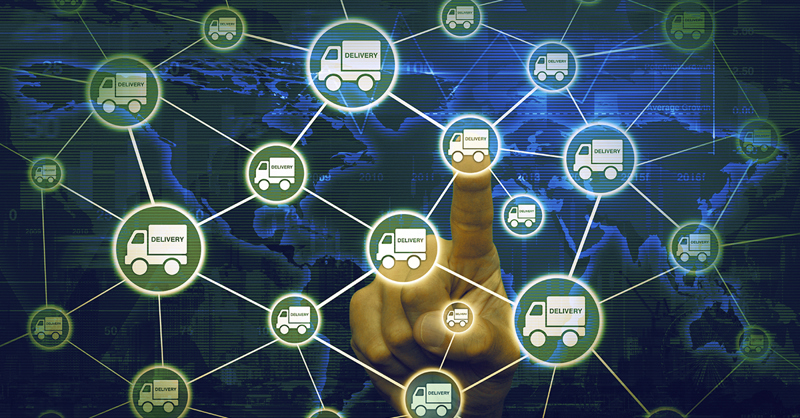Consumers want cheaper and faster delivery, or else. The only way retailers can achieve both is to ship from inventory sources located closer to their customers.
Pitney Bowes’ recent Retail (R)Evolution 2019 event served up a smorgasbord of great information about eCommerce logistics, transportation, and consumer trends. Many of the takeaways suggest a shift in the way goods will be delivered in the future:
- The eCommerce boom shows no sign of slowing. Annual U.S. retail sales is expected to have grown 14 percent from 2016 through 2019 ($3.38T to $3.84T), while online sales will have grown 92 percent during the same period ($390B to $750B) with a lot of headroom for future growth. Thirty percent of all U.S. consumers are shopping daily or weekly.
- Consumer delivery expectations rising. Consumers demand free and fast delivery and if e-tailers don’t offer it, 91 percent of shoppers will go somewhere else … usually a marketplace. While all consumers will select free over fast, younger generations are increasingly opting for fast. Two-day delivery is now the preferred option.
- USPS owns most of the parcel shipping volume growth. Delivering the last mile is expensive, but the local post office is committed to delivering to every household in the U.S. This is probably why their piece of the eCommerce delivery pie is growing faster than their competition.
- Millennials pay attention to the post-purchase experience. While older generations rarely if ever track packages, younger generations are less patient and have increased the average number of track requests per order to 8. Increasingly, retailers will pay the price if they do not make good on their delivery promise, most often in the form of negative social media reviews. To avoid these repercussions, retailers will need to control the cost of “free,” while making the delivery experience a positive part of their brand.
The trends are clear. Faster. Cheaper. Local. Or else.
Brick-and-mortar retailers who implement omnichannel delivery strategies are in a good position to compete with marketplaces. They had better take advantage of that position because the top three marketplaces are expected to control 40 percent of all eCommerce by 2020.
By implementing omnichannel ship-from-store and ship-from-supplier strategies, retailers can offer consumers an endless aisle of products to choose from (like the marketplaces), and also ship orders from inventory sources that are in closer proximity to their customer. This means faster and less expensive fulfillment and delivery.
But faster may also mean local
The USPS is capturing more market share of parcel volume growth because they are local. But they are also limited in the levels of service they can provide. That is why trends may start to favor the entry of regional and local delivery carriers who can provide same-day and white glove services to enhance the retailer delivery experience.
As pointed out in the Retail (R)Evolution 2019 seminars, DIY approaches to local delivery services may not be easy for retailers. They will need to turn to organizations and technologies with the capabilities and experience to manage a diverse network of carriers. Otherwise, fast could lead to furious.
